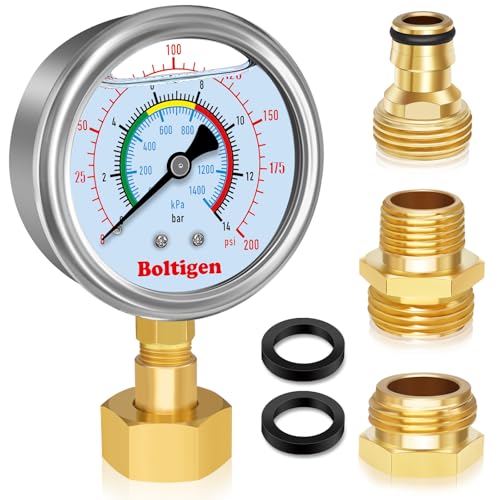So bought this house about 5 years ago, huge fixer upper. always had problems with our water, specifically poor water pressure if ANY 2nd fixture is turned on. the way it is currently installed is a 3/4" copper main coming in, going to the water heater, it branches off before the water heater with a 3/4" x 1/2" copper Tee, the 1/2 copper tee then feeds every fixture in the house. for the hot water, it comes off the water heater about 10 ft with 3/4 copper and then reduces to a 1/2 tee and again feeds every fixture off the 1/2" copper line
I've finally gotten around to addressing the problem and with (minimal) experience drew this up as the "solution" to the severe loss of pressure with any more than 1 sink/shower running. (if something like the washer is running, the pressure is so poor the fridge will start dripping because there isn't enough to hold the valve closed)
TL;DR/my question- will my (sorry for poor childlike paint sketch) plan fix said problem, and is there any "flaw" or major violation in it?
all pex b, with crimp rings, female copper sweat to pex b fittings for each fixture

I've finally gotten around to addressing the problem and with (minimal) experience drew this up as the "solution" to the severe loss of pressure with any more than 1 sink/shower running. (if something like the washer is running, the pressure is so poor the fridge will start dripping because there isn't enough to hold the valve closed)
TL;DR/my question- will my (sorry for poor childlike paint sketch) plan fix said problem, and is there any "flaw" or major violation in it?
all pex b, with crimp rings, female copper sweat to pex b fittings for each fixture


















